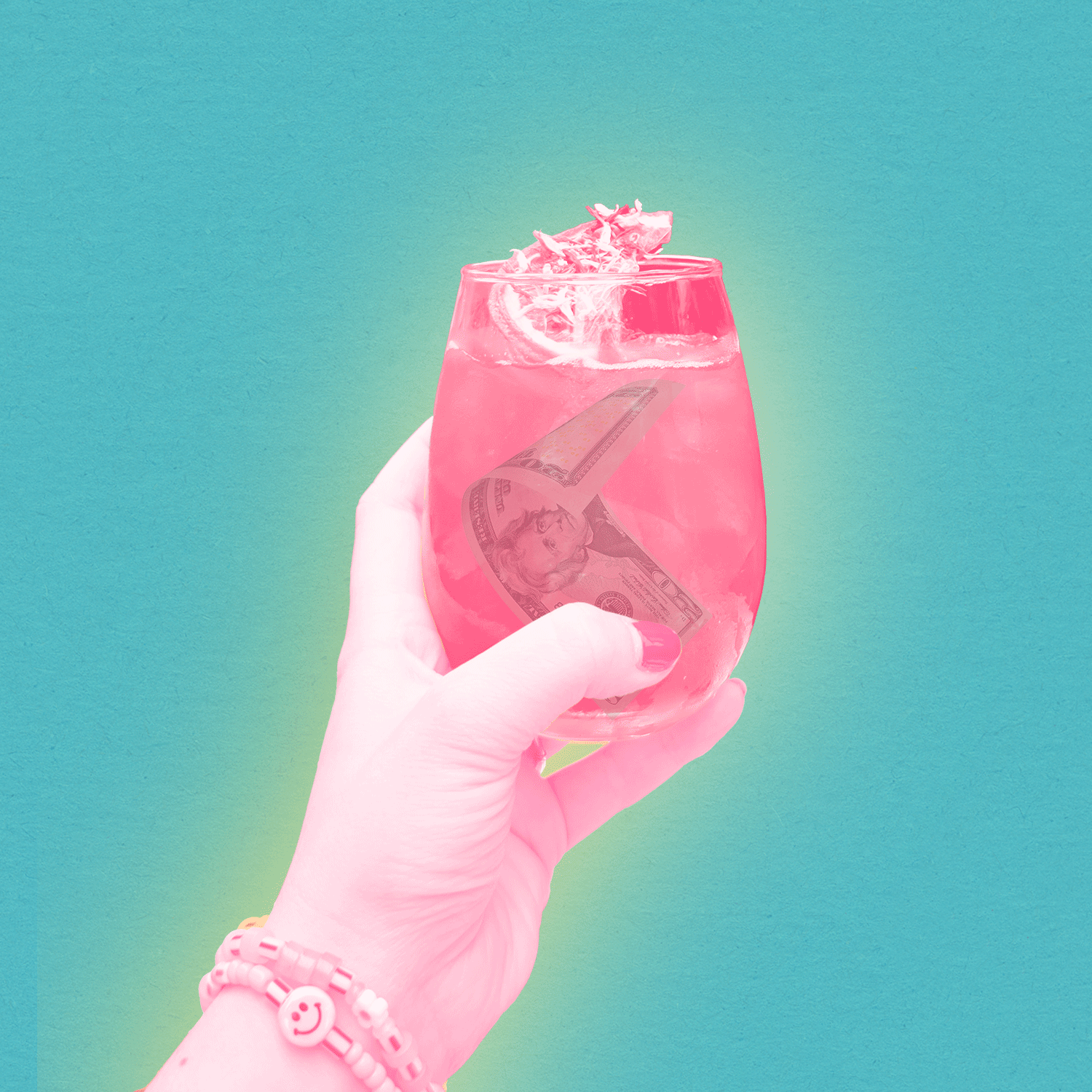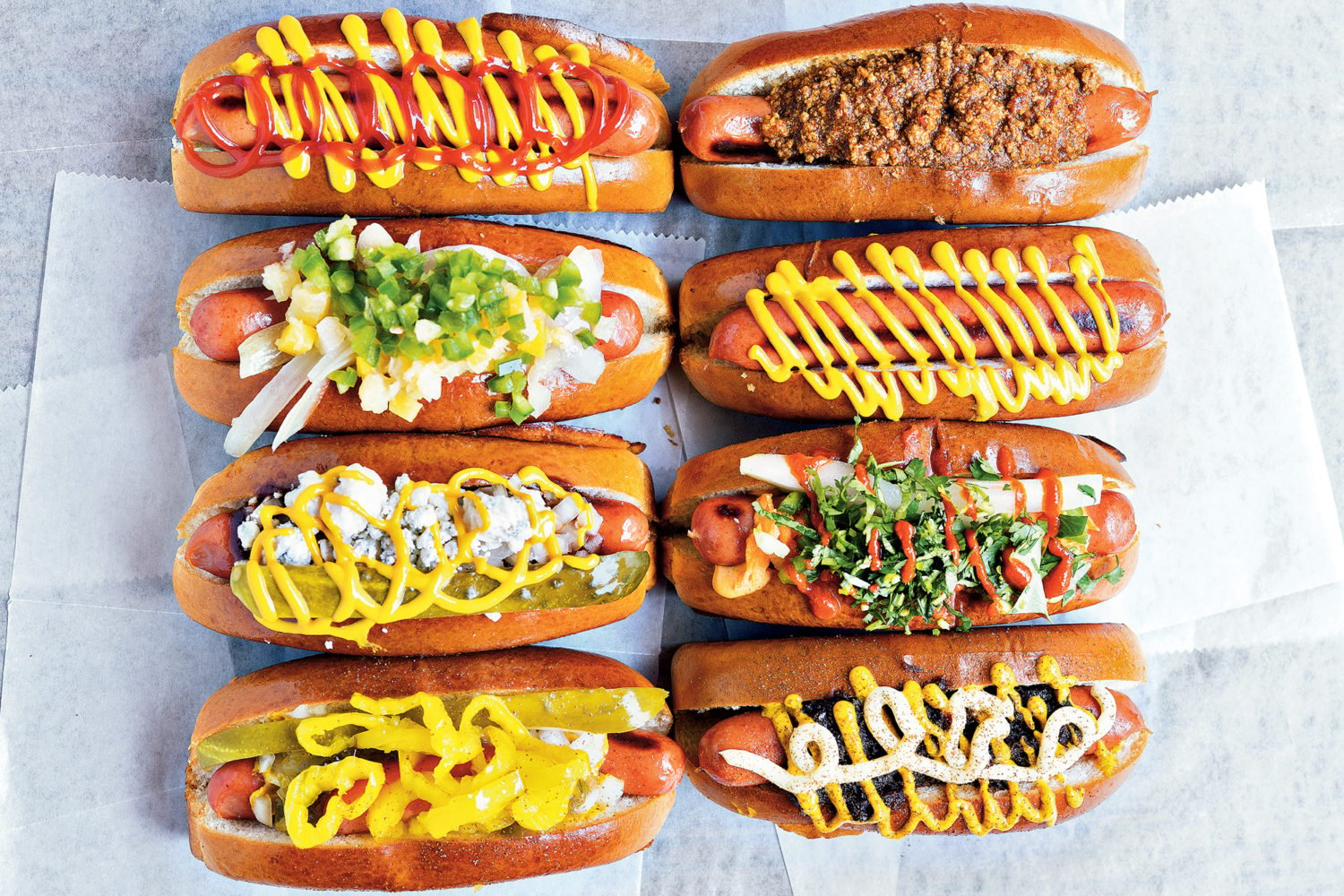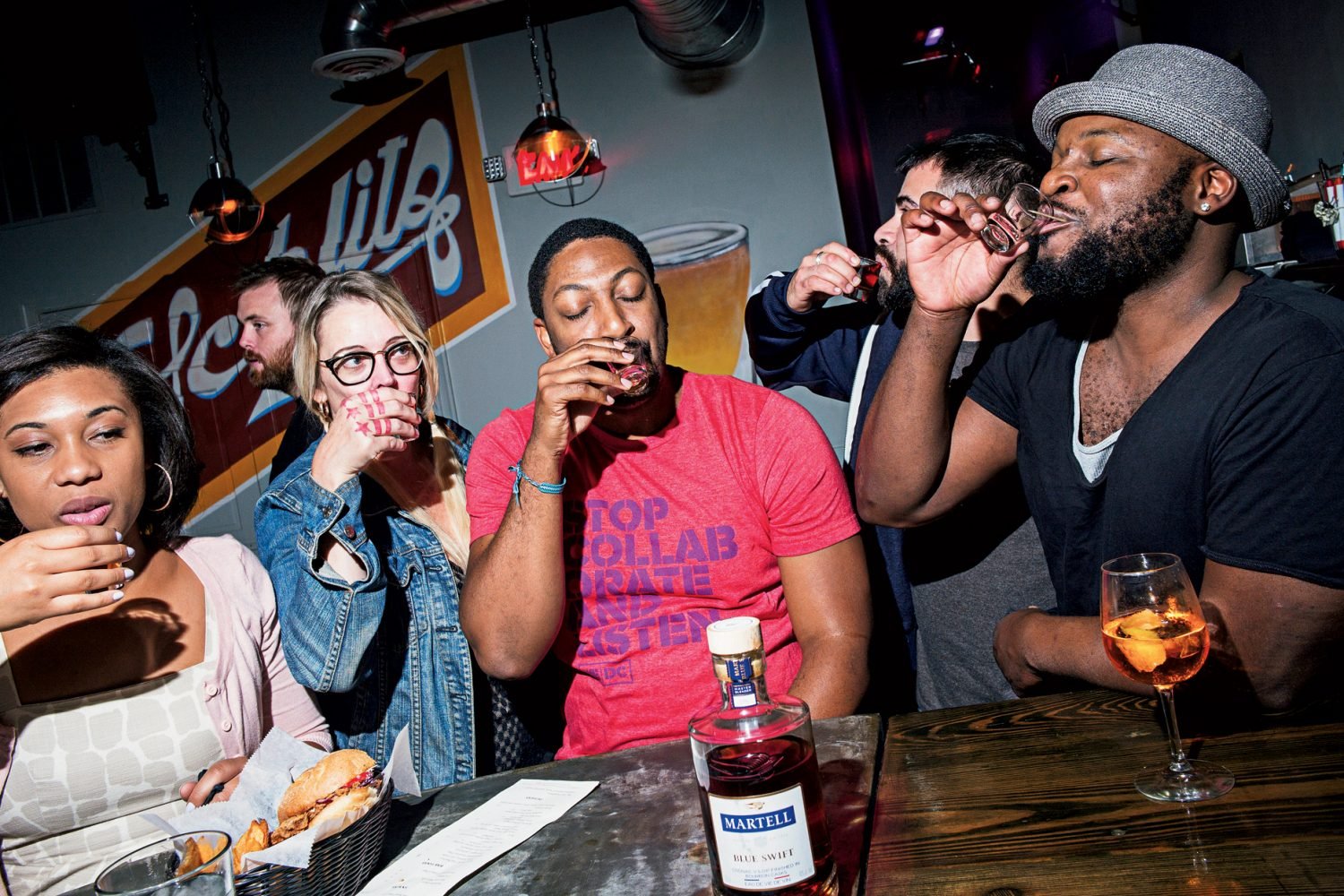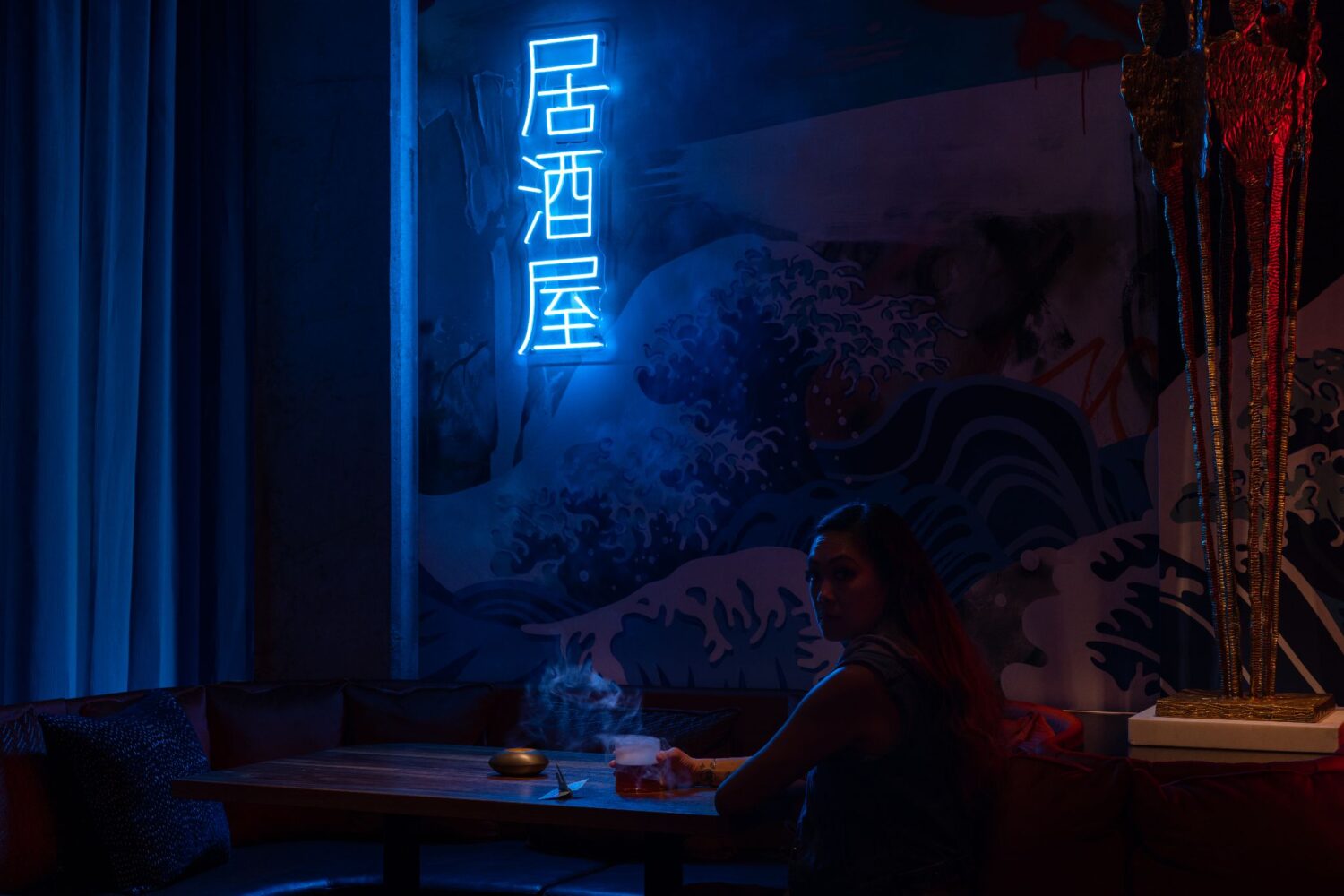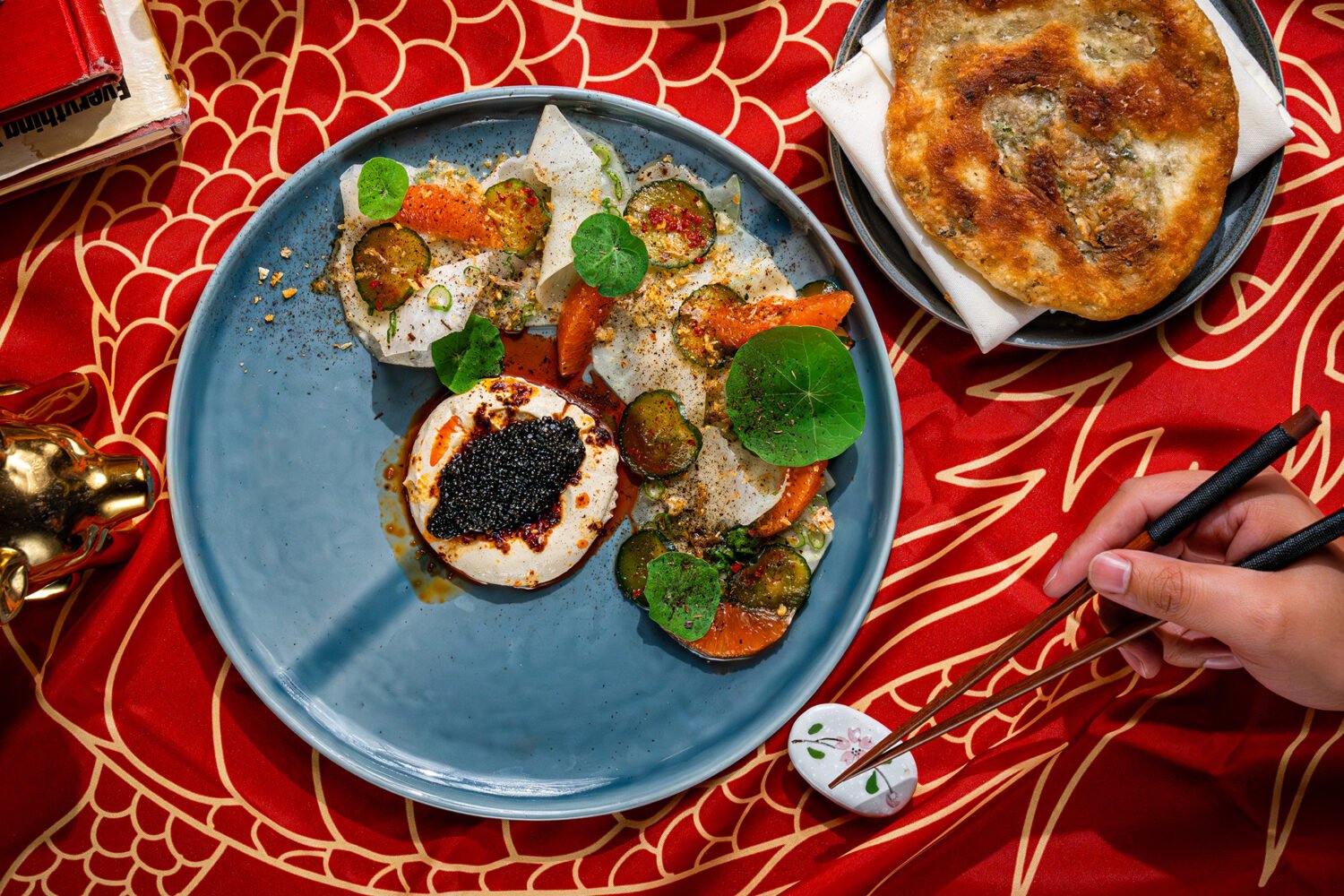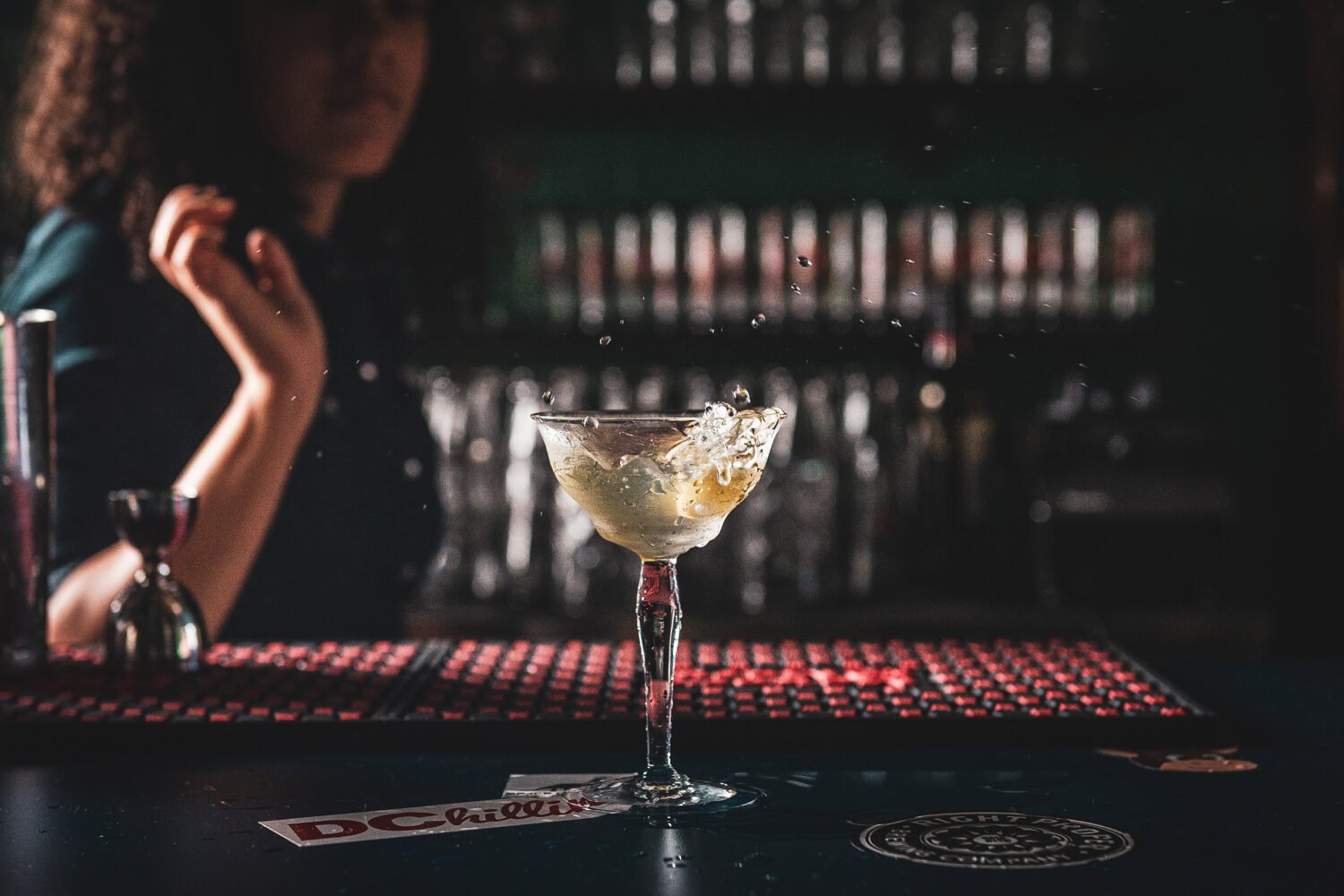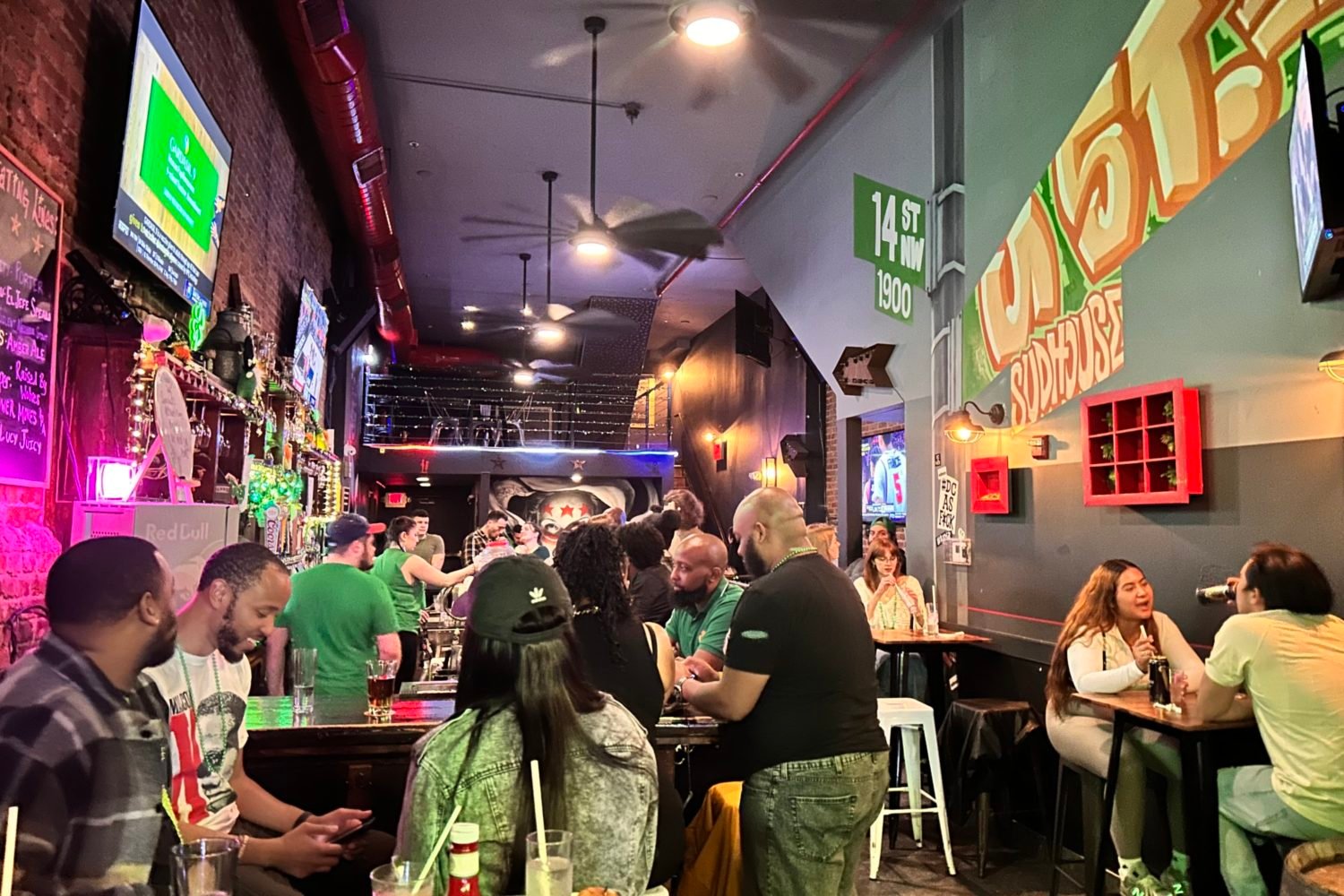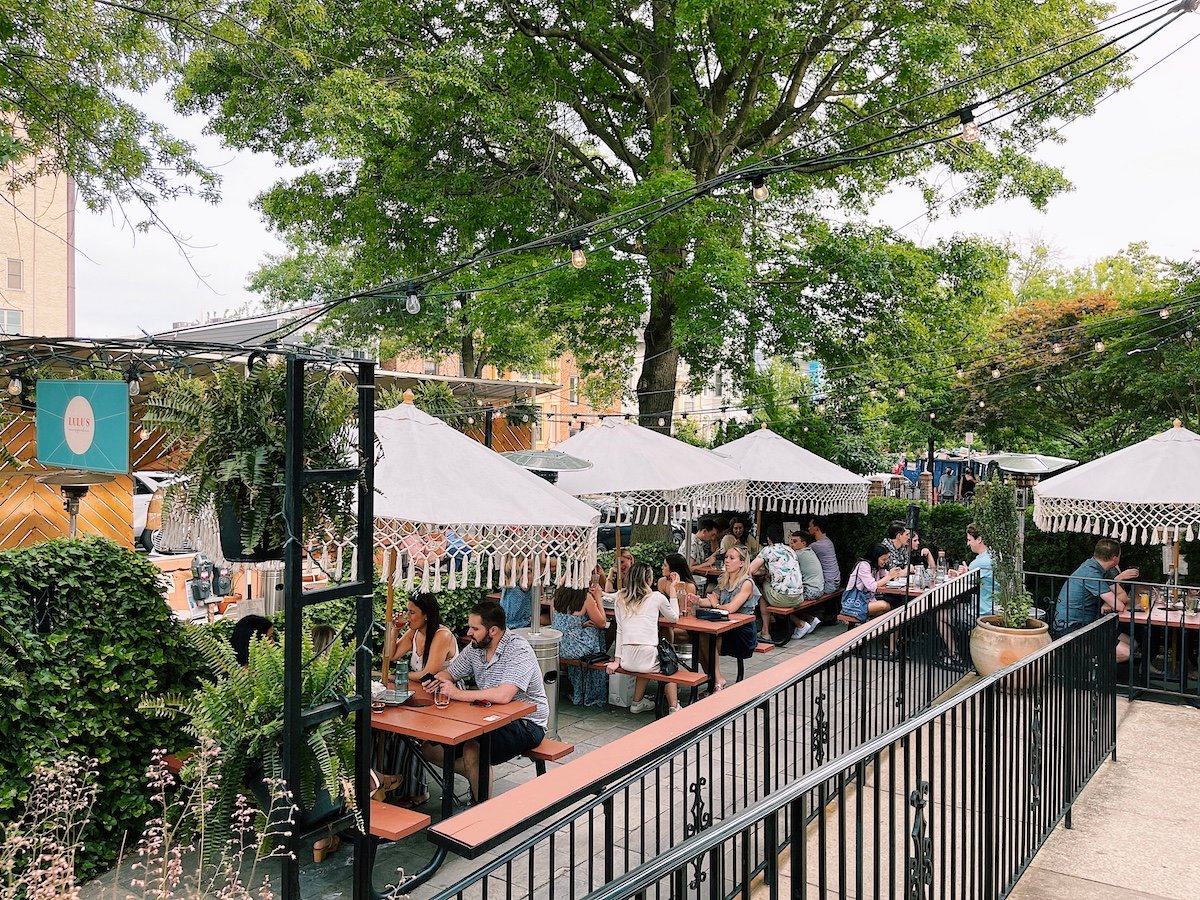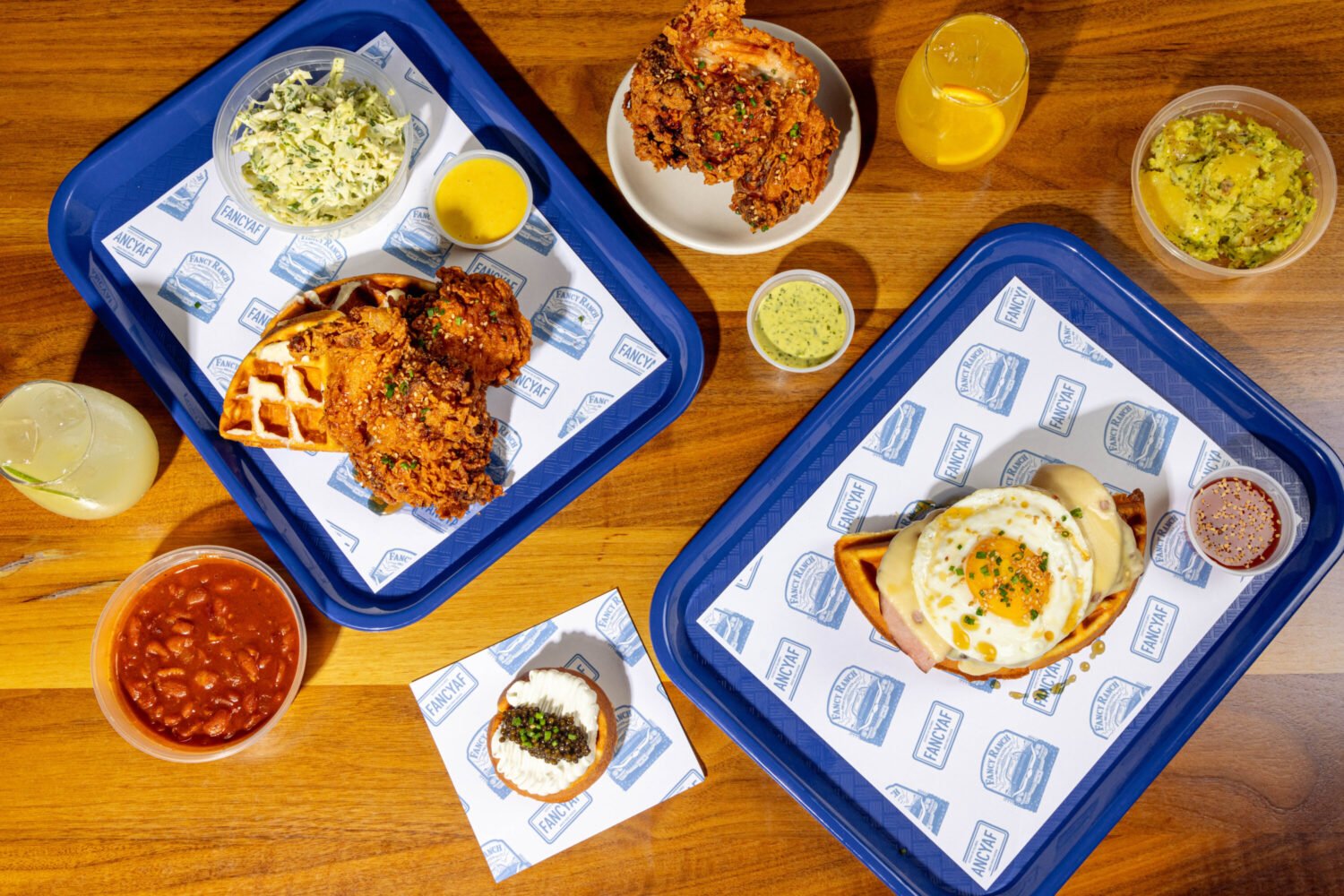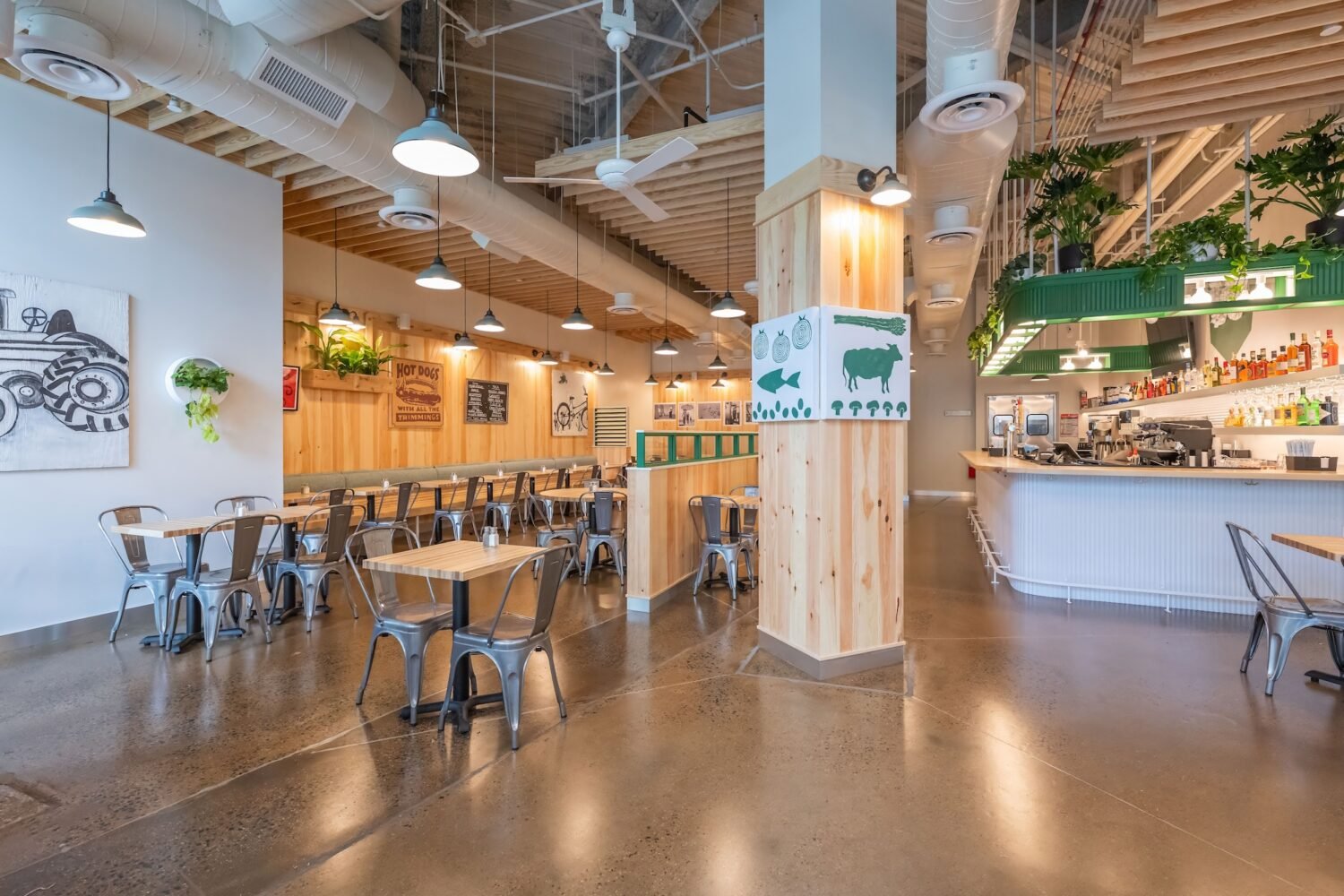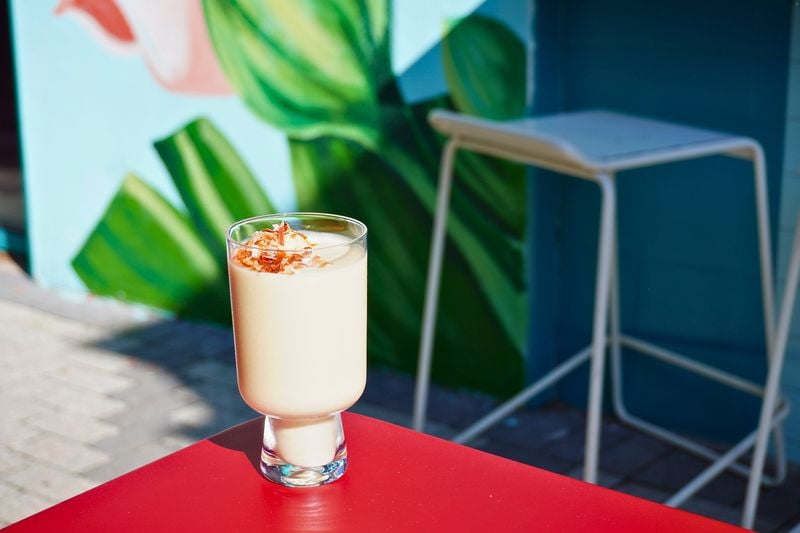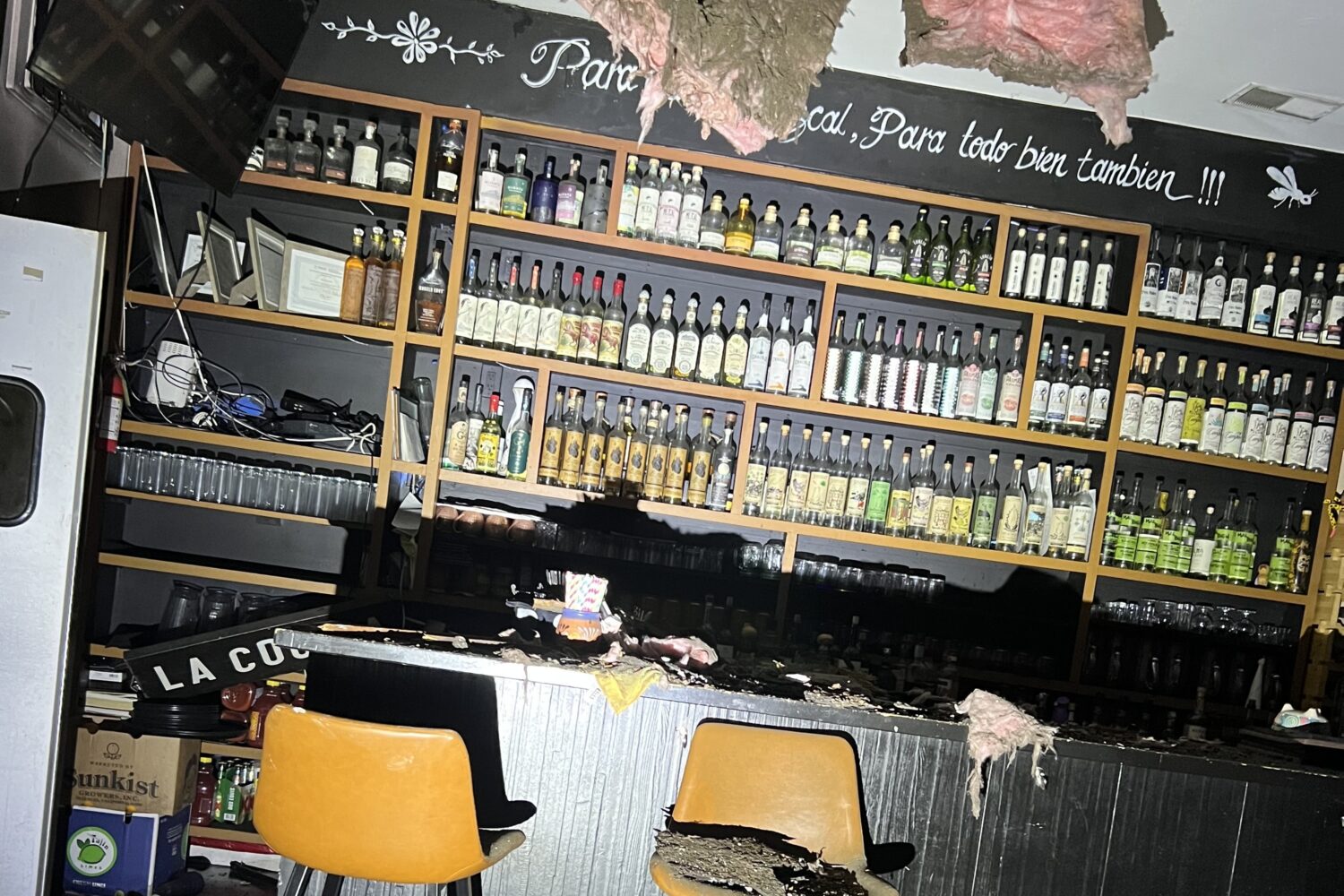Friday happy hour used to feel like a festive sendoff into the weekend, with crowds of professionals in button-ups and blazers gossiping about coworkers over cheap drafts. Have you been out lately for a Friday happy hour? Probably not. A lot of bars are pretty sparse in the hybrid/remote-work era.
“Thursday is the new Friday,” says Hillarey Leonard, co-owner of the Chinatown bar Free State. “People are in the office Thursday and not on Friday, so they want to go have drinks Thursday night, especially for government places around us.”
That’s not the only change. Across the city, dirt-cheap after-work deals have diminished. Happy hour feels less central to the culture of DC than it used to. In networking- and what-do-you-do-obsessed Washington, the social scene long seemed to revolve around the communal experience of office workers drinking $3 beers at 5 pm. But with more people working from home and prices rising, is Washington really still a happy-hour town?
“They’re not coming as often, not staying as long, maybe not drinking as much,” says Matt Weiss, who owns Union Pub, Barrel, McClellan’s Retreat, and others. “You could walk into Union Pub or Barrel many nights and see it as full and as vibrant as you remember it. It’s just that level isn’t as consistent throughout the entire night, throughout the entire week, as it was before.”
Happy hour is still the busiest time for Weiss’s bars, but the regulars aren’t quite as regular. “Pre-pandemic where I bartended, I knew who was going to be there at 5 o’clock, 6 o’clock, 7 o’clock, every night of the week. And now our regular crowd, instead of seeing them nightly, it’s more like a couple times a week,” says Dara Dike, director of operations for the group.
Dike has also found that people need a reason—beyond the end of a workday—to go out. So the bars have been hosting more events, like trivia, wing night, or . . . drunk Shakespeare. Long Shot Hospitality partner Jeremy Carman has also noticed that happy hours seem to revolve more around organized get-togethers or team-building at his office-centric restaurants such as New Orleans–themed Dauphine’s in downtown DC and Tex-Mex Ometeo in Tysons. “You’ll have teams of 30 people preordering things and whatnot,” Car-man says. “There’s maybe a little less of that spontaneous, old-school happy hour that you and I remember from when we were younger.”
The deals have changed, too: Union Pub used to offer happy-hour specials from 4 to close on weekdays. Now it cuts off at 6. Old Ebbitt Grill’s famed half-price oysters are now a third off a dozen. And remember the days of $1 cans of beer at Red Derby? They’re now $3. Meanwhile, many of the most iconic happy-hour bars of a decade ago—the Front Page, Buffalo Billiards, the Big Hunt, Capitol Lounge—are gone. Newer spots tend to be more focused on $16 cocktails.
That’s not to say happy hour is disappearing. But it does revolve less around 9-to-5 schedules. The Salt Line in Navy Yard now does an all-day happy hour, with half-price oysters and $6 drafts beginning at noon on Friday. “There’s a little bit more of a ‘work from home’ or ‘play hooky and go to lunch’ crowd,” Carman says. “It’s busy.”
At the same time, some bar owners see the lines between on and off the clock blurring, with more people bringing their laptops to happy hour. “One time, there were two people who were clearly on Zoom calls, and they had ordered Aperol spritzes,” says Chris Brown, owner of Zinnia in Silver Spring. “I was approaching the table, and I could see the anxiety of ‘Am I going to put [the cocktails] in view of their screen?’ I made sure I put them behind their computer.”
Weekend and late-night happy hours are also increasingly popular. Mission Group—which operates Tex-Mex spots in Dupont and Navy Yard, swimming-pool-themed Royal Sands Social Club, and others—has doubled down on happy hour, offering it seven days a week, plus touting late-night specials and all-night deals once a week. Cofounder Fritz Brogan believes it’s precisely because things are more expensive that happy hour is appealing.
“We see a lot of our competitors really cut back on the hours—3 to 5 [pm] instead of 4 to 7—and we haven’t really,” Brogan says. “Our whole business model is packing the place with lots of people and lots of groups. I’d rather have a full bar drinking discounted drinks than have a half-full bar drinking full-price drinks.”
This article appears in the August 2024 issue of Washingtonian.

